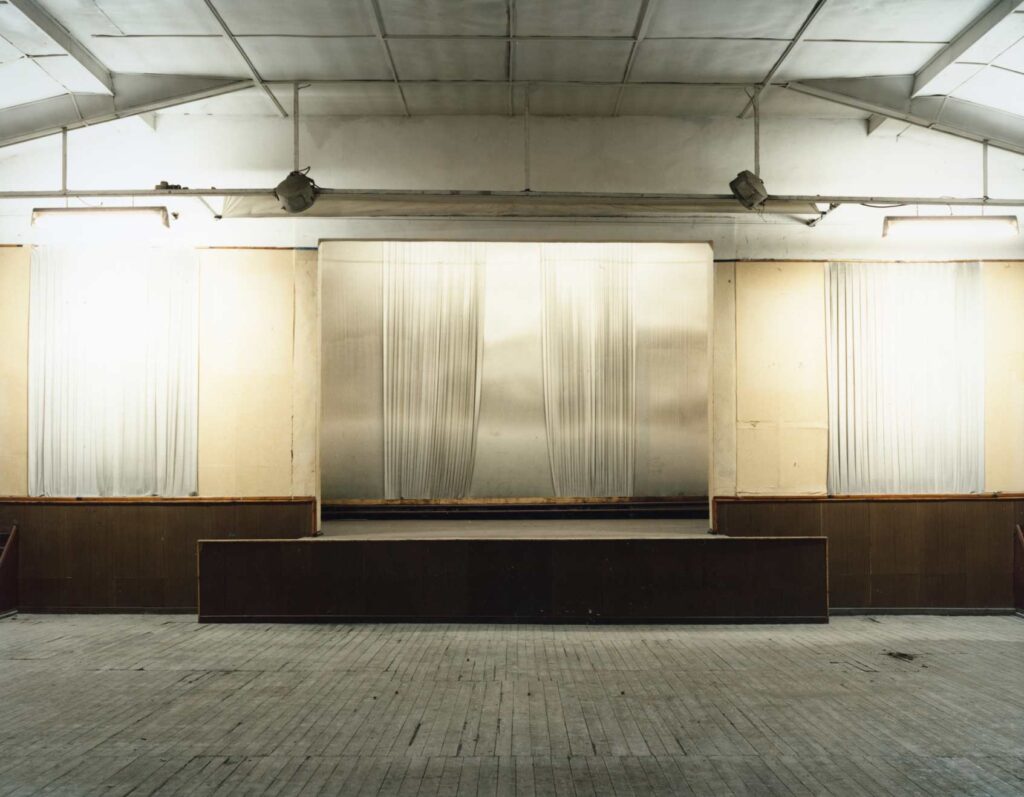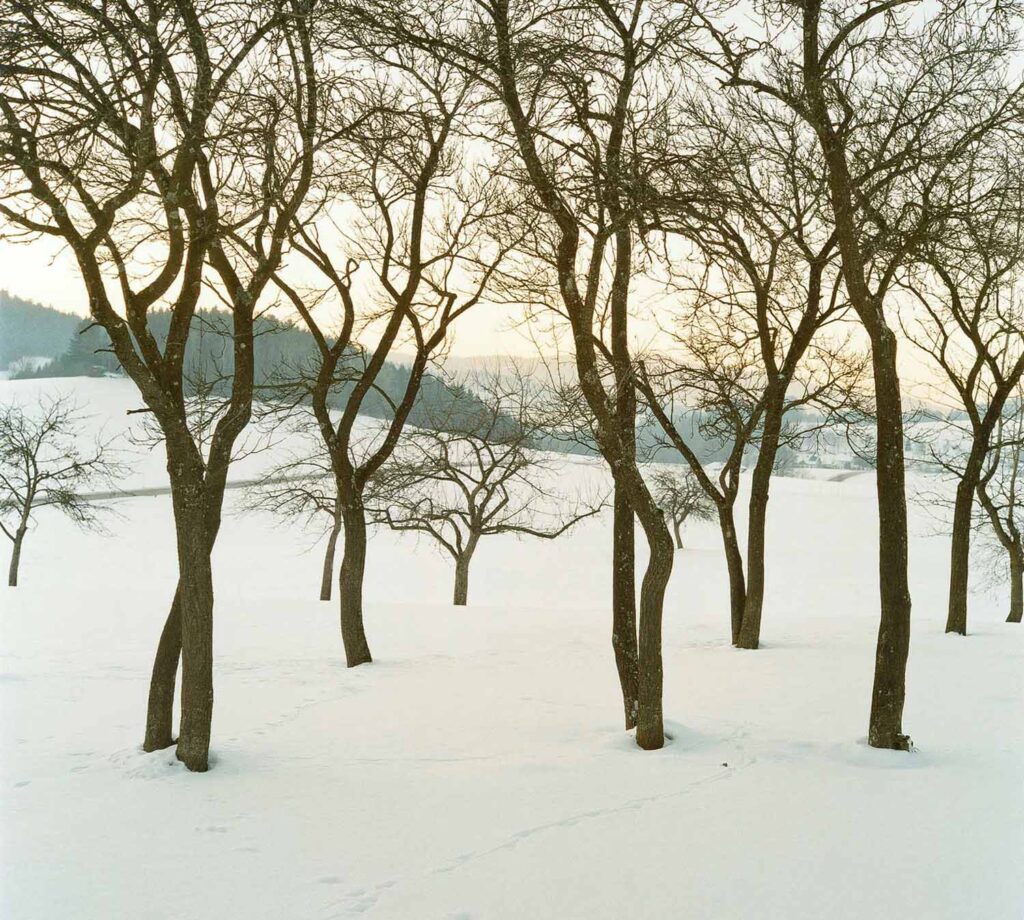Laurenz Berges, Bernhard Fuchs, Jitka Hanzlová
Laurenz Berges, Bernhard Fuchs, Jitka Hanzlová
Artists Laurenz Berges, Jitka Hanzlová and Bernhard Fuchs have been friends since their student days in Essen and/or Düsseldorf; since then they have continually explored matters of documentary style in their respective oeuvres. What their works have in common is a contemplative conception of the image and an unwavering focus on valid images of places and people. Their groups of works have evolved over long periods of time. They always reference images of everyday constellations in which the depicted appears as universally valid. Adopting the classic reality strategies of photography as an analogue medium, they have created image cycles that have entered the public perception both as wall-mounted photographs and in book form.
Laurenz Berges
From 1991 to 1995 Laurenz Berges photographed deserted (living) quarters in Brandenburg, barracks abandoned by the former Red Army after its withdrawal following Germany’s reunification. Proceeding through these empty spaces with almost forensic meticulousness, he has created not only documents of historical validity, but also images of a tremendous associative power through his emotional engagement with the topic.

Jitka Hanzlová
Memories, the autobiographical, and the question of identity all play key roles in Jitka Hanzlová’s oeuvre. The Ruhr district has been her country of adoption for the past thirty years, and it is here that the group of works entitled “HIER“ was created: chance encounters between people and nature in an urban environment moulded by industry − yet rather than meshing together like cogs and wheels, their relationship with one another remains open.

Bernhard Fuchs
Returning to the places of one’s childhood is a recurring theme for Bernhard Fuchs. His “Höfe“ [Courtyards] series features photographs of small farmsteads from his native Mühlviertel, a region of Upper Austria. His documentary style features the courtyards in a cultural landscape shaped by the changing seasons in which the footprint of human life is visible − even though not a single person is depicted.





